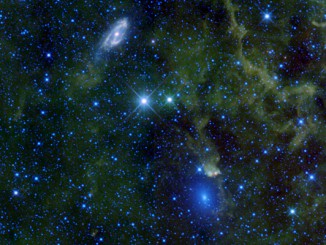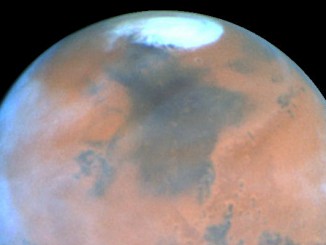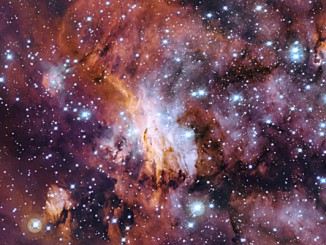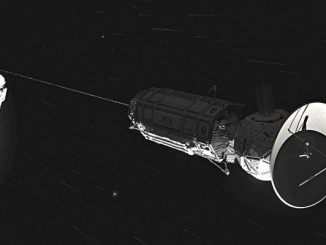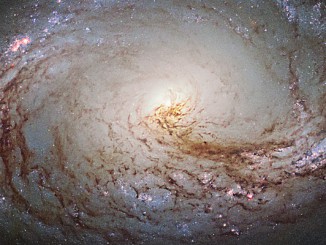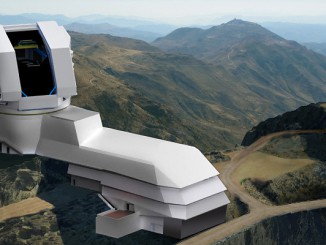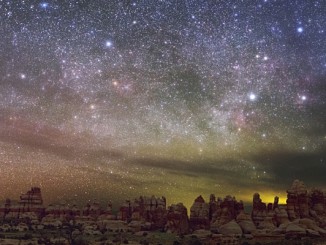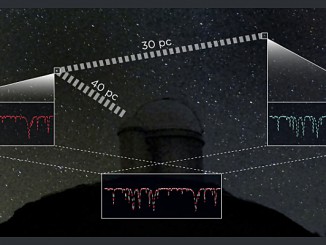
Using stellar ‘twins’ to climb the cosmic distance ladder
Astronomers have developed a new, highly accurate method of measuring the distances between stars using a technique which searches out stellar ‘twins’. The method could be a valuable complement to the Gaia satellite which is creating a 3-D map of the sky over five years, measuring the size of the Milky Way and enabling a greater understanding of how it evolved.

